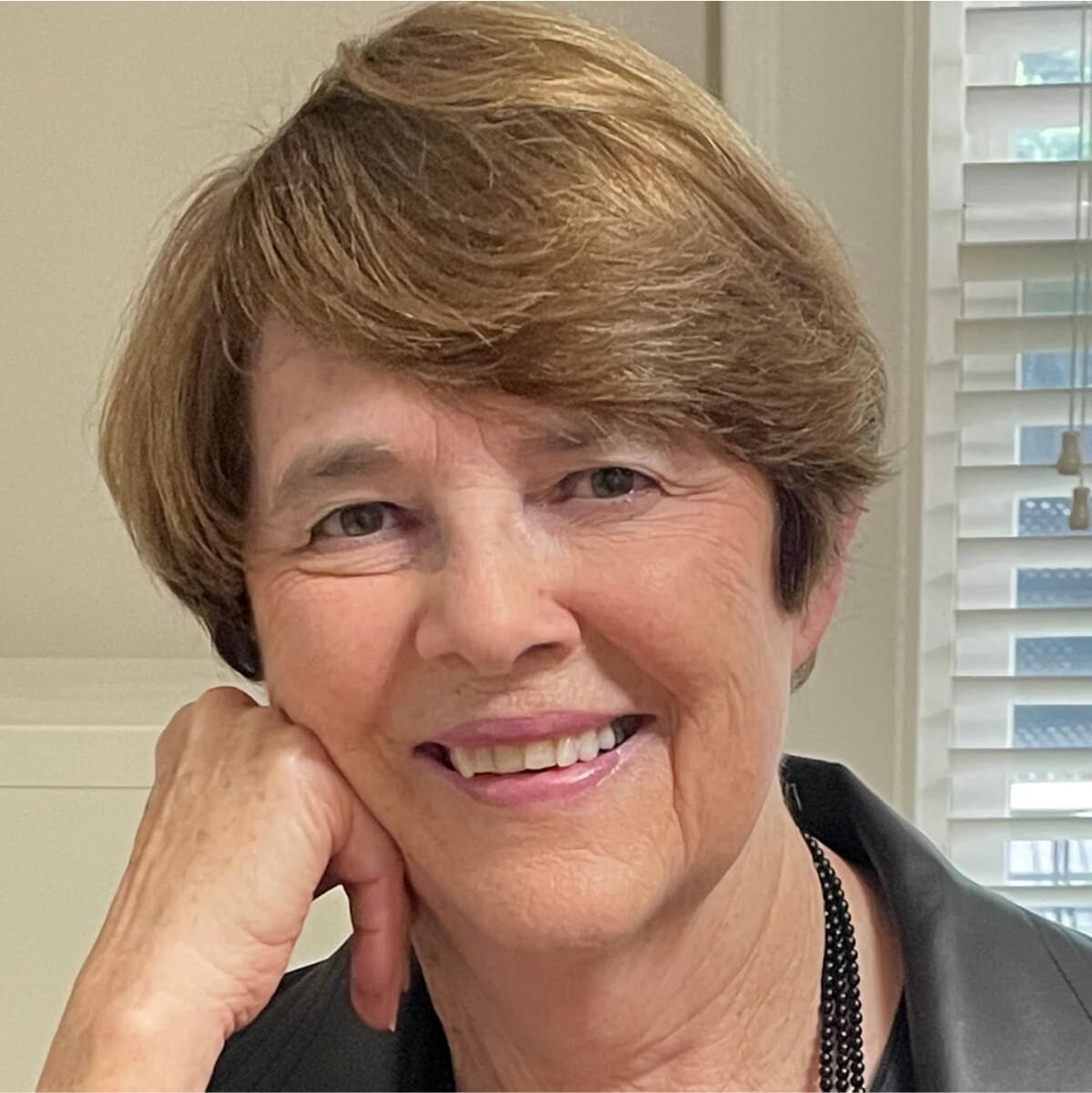
Men and Guns
September 19, 2019
And so, the killings continue apace. In the month of August alone, 53 people died in mass shootings in the United States.
The final carnage last month took place in Texas, when, after a traffic stop, a gunman began shooting randomly at cars, killing seven innocent people and injuring 22. Once again, it was a man who carried out the madness, which was the 38th mass killing by firearms in the nation this year.
The shooter was not female, nor was he African-American, Muslim, or Hispanic. The shooter was an angry, hate-filled white man. Nearly all modern mass shootings in this country —at least 170 at last count—have been carried out by men, almost always white men.
When the latest mass shooting occurs in the U.S., we talk about mental health issues (although studies of mass killers have found that only 20 percent had a psychotic illness) and we talk about guns and gun laws. But why don’t we talk about the connection between guns and “toxic masculinity?”
That’s what researchers suggest we do.
Being a male, says writer Laura Kiesel in Politico, “is often listed as one of the top two predictive risk factors for committing serious violence” —more than any definitive mental health diagnosis. (A history of alleged or convicted domestic abuse is another top predictive factor.)
Nearly half of white men in the U.S. own guns, say Nicki DeMarco and Erin Patrick O’Connor of the Washington Post, and nearly one-quarter of non-white men say they own firearms. American men are five times more likely to own a gun than a woman.
Most firearms are designed for men’s hands and bodies. Most gun advertisements are geared toward men, too. A semiautomatic rifle manufactured by Bushmaster, the large North Carolina-based manufacturer and distributor of firearms, was advertised under the slogan “Consider Your Man Card Reissued.” Adam Lanza used it to kill 26 people, mostly children, at Sandy Hook Elementary School in 2012.
Now consider the stereotypical view of masculinity in this country. Men are supposed to be capable breadwinners for their families, and also be their protectors. (Think John Wayne and Tony Soprano.) If men can’t adequately fill those roles in today’s America, can guns help fill the gap? If they haven’t achieved financial and romantic success, can guns help them feel “manly?” Can guns assure these men that they’re still relevant in today’s society? Can guns help them regain control?
Under the conventional view of the 21st-century American male, the answer to these questions seems to be yes, yes, yes, and yes.
Contemplate also about what it means to be a boy or man in modern America. Boys and men are supposed to be strong. They are supposed to bottle up their emotions and hide their feelings—and never, ever cry. They are supposed to be invulnerable.
The upshot? “When we expect boys and men to be dominant, powerful, in charge, to not give in,” explains Scott Melzer, an author and professor of sociology at Albion College in Michigan, “we’re coaching them, training them to commit violence when they feel like they’ve lost control.”
Now mix in the culture of violence that is endemic in today’s America. Violence inhabits our entertainment media, our video games, our sports, our schools, our military, our criminal justice system. Violence inhabits the Internet, too. So, why should we be surprised at the unrelenting savagery that plays out in the United States almost daily?
There are many solutions to America’s gun crisis, the most obvious of which are instituting universal, more effective background checks; enacting a federal assault weapons ban and limit on high-capacity magazines; and passing red-flag laws that would keep dangerous weapons temporarily out of the hands of troubled people. Heavy majorities of Americans favor all three of these actions, yet we remain paralyzed.
But the question remains: Why do men— almost always white men — overwhelmingly commit mass murders in this country?

Jan Collins is a Columbia, South Carolina-based journalist, editor, and author. A former Nieman Fellow at Harvard and former Congressional Fellow in Washington, D. C., she is the coauthor of Next Steps: A Practical Guide to Planning for the Best Half of Your Life (Quill Driver Books, 2009).